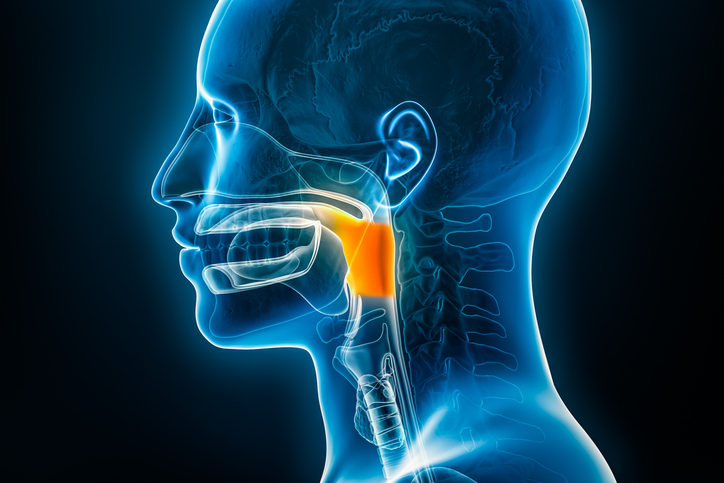
Surgeons who use three-dimensional (3-D) virtual reality to help plan robotic-assisted partial nephrectomy (RAPN) could achieve reduced operative time, estimated blood loss, clamp time, and length of hospital stay (LOS), according to new findings.
“Three-dimensional imaging has been shown to improve understanding of patient anatomy, influence RAPN surgical plans, and increase the use of selective clamping of renal arterial branches during RAPN,” the study authors wrote. “Although the previous work validated that 3-D imaging provides meaningful additional information that affects understanding and surgical planning, it remains unclear whether the use of patient-specific 3-D virtual reality (VR) models for operative planning would also affect key surgical outcomes.”
The researchers, whose work appeared in JAMA Network Open, conducted a multi-institutional, single-blind, randomized clinical trial that included 92 patients (mean age, 60.9 years; 63% were male) who underwent RAPN under one of 11 surgeons at six large teaching hospitals. Data were collected from October 2017 through December 2018. The main outcome was operative time, which researchers believed would be reduced when using the 3-D virtual reality models; secondary outcomes included clamp time, estimated blood loss, and LOS.
“Surgeons have long since theorized that using 3D models would result in a better understanding of the patient anatomy, which would improve patient outcomes,” said lead study author Dr. Joseph Shirk, clinical instructor in urology at the David Geffen School of Medicine at the University of California – Los Angeles (UCLA) and at the UCLA Jonsson Comprehensive Cancer Center, in a press release. “But actually seeing evidence of this magnitude, generated by very experienced surgeons from leading medical centers, is an entirely different matter. This tells us that using 3D digital models for cancer surgeries is no longer something we should be considering for the future—it’s something we should be doing now.”
Patients were randomized to two groups: intervention (n = 44) and control (48). In analyses controlling for variables including case complexity, intervention patients presented differences in operative time (odds ratio [OR], 1.00; 95% CI, 0.37-2.70; estimated OR, 2.47), estimated blood loss (OR, 1.98; 95% CI, 1.04-3.78; estimated OR, 4.56), clamp time (OR, 1.60; 95% CI, 0.79-3.23; estimated OR, 11.22), and LOS (OR, 2.86; 95% CI, 1.59-5.14; estimated OR, 5.43).
“Visualizing the patient’s anatomy in a multicolor 3D format, and particularly in virtual reality, gives the surgeon a much better understanding of key structures and their relationships to each other,” Dr. Shirk said. “This study was for kidney cancer, but the benefits of using 3D models for surgical planning will translate to many other types of cancer operations, such as prostate, lung, liver and pancreas.”







 © 2025 Mashup Media, LLC, a Formedics Property. All Rights Reserved.
© 2025 Mashup Media, LLC, a Formedics Property. All Rights Reserved.